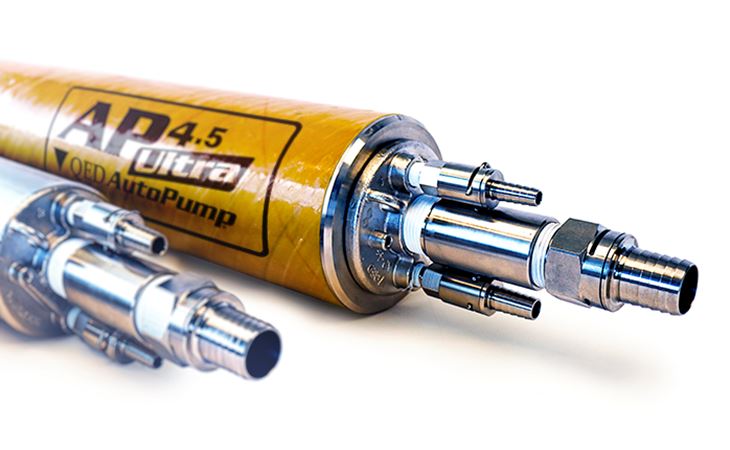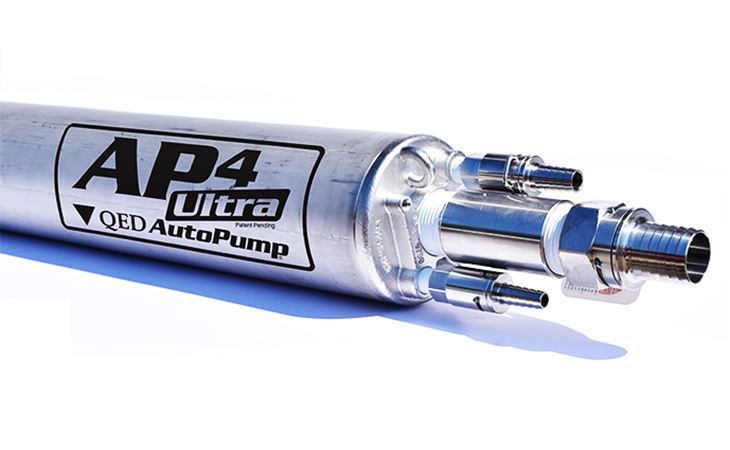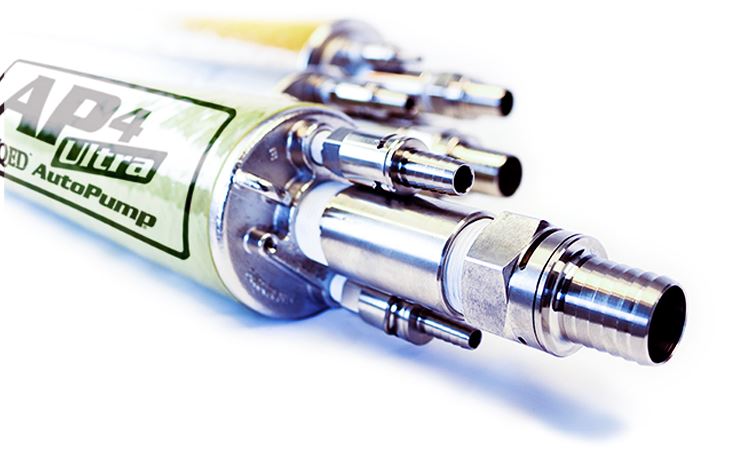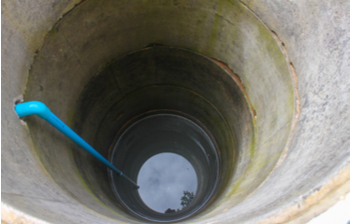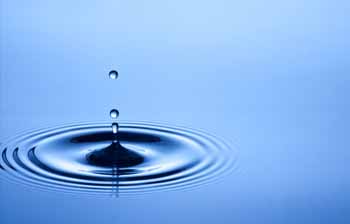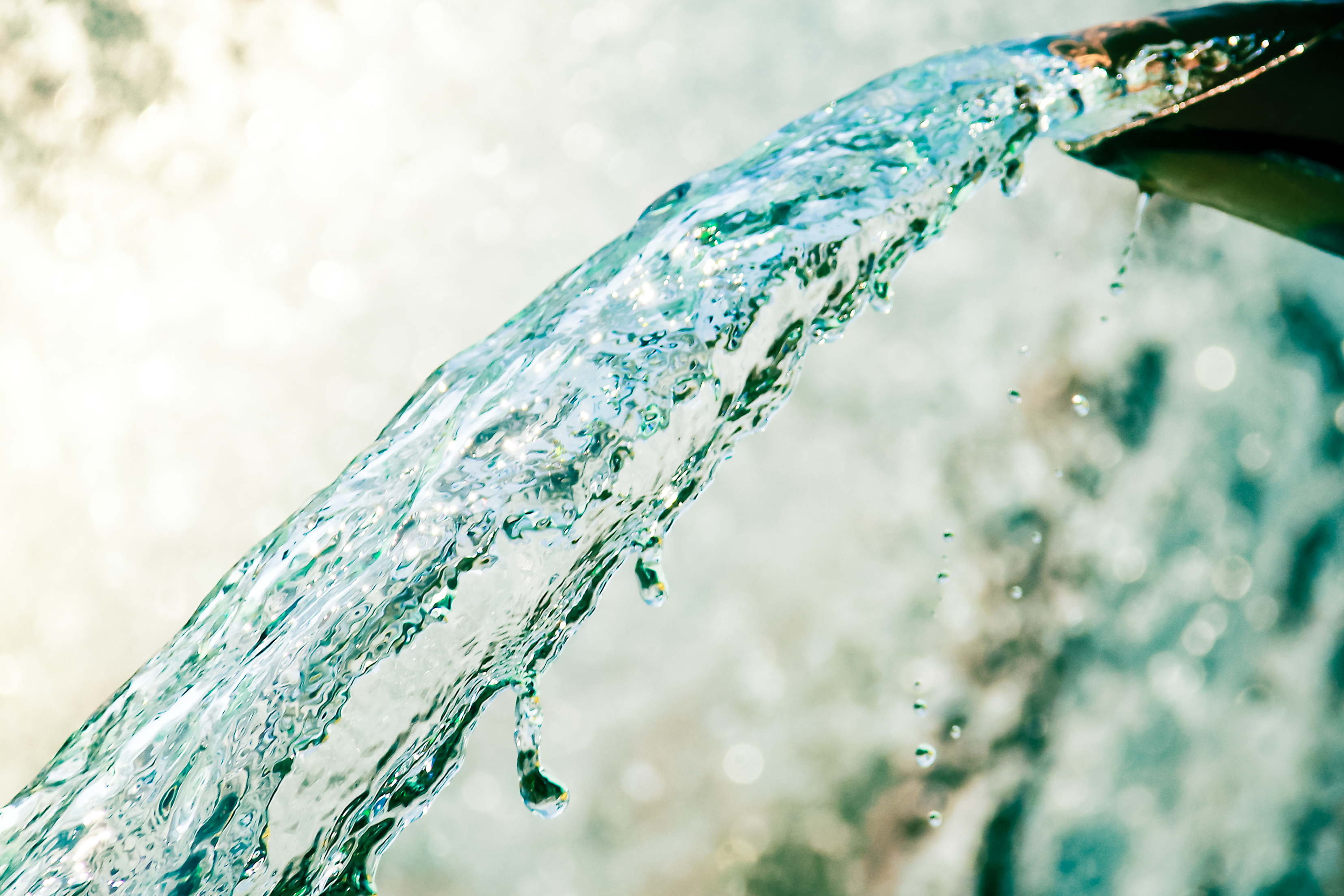What is groundwater extraction?
High levels of groundwater in a well can cause contaminated water to flow toward other bodies of water. Groundwater can be extracted through a well drilled into the aquifer. Aquifers are geologic formations of soil, sand, and rocks where water is stored and slowly circulated, and a well is a pipe in the ground that fills with groundwater. This water can be brought to the surface by a pump.
With the exception of locations where groundwater comes naturally, in order to extract it, we must build wells. A well can be dug manually or with an excavator if the water table is relatively close to the surface, but most of the time, a drill is required to go deep enough. During this process, a well must be drilled much deeper than the water table, but preferably much deeper.
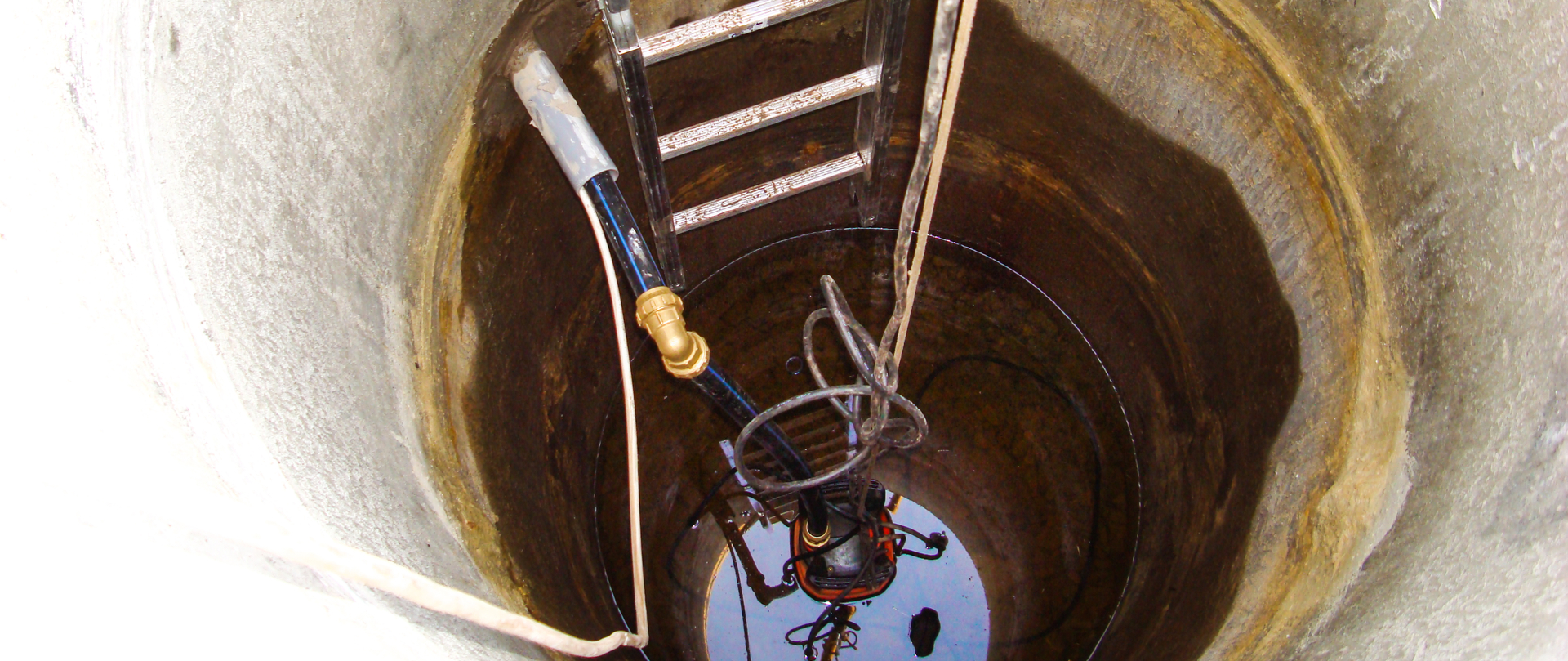
First, water from the well's interior is removed when it is pumped, causing the well's water level to decrease. As a result, water will move from the nearby aquifer, where the groundwater head is higher, toward the pumping well, where it will now be lower. A well draws water from the earth in this manner. The potentiometric surface, also known as the water table, slopes inward toward the well where the water is being pulled. That shows the energy gradient causing the water to flow in the direction of the well. As a result, the well is surrounded by what is known as a "cone of depression." A cone of depression may cause surrounding wells to lose water if pumping from a well goes on for hours or days.
Where can groundwater be found?
More than 50% of Americans, including almost everyone who lives in rural areas, rely on groundwater for their drinking water. The irrigation of crops is the main usage of groundwater.
Nearly everywhere contains groundwater. Depending on a variety of conditions, the water table may be deep or shallow and may rise or sink. The water table may increase due to strong rainfall or the melting of snow, or it may sink due to extensive groundwater pumping.
Rain and snowmelt that seeps into the voids and fissures beneath the surface of the earth replenish or recharge groundwater supplies. Due to the rapid consumption of groundwater compared to its natural replenishment, there are severe water shortages in several parts of the world. In some places, human activity has contaminated the groundwater.
How much do we depend on groundwater?
- 51% of the nation's residents and 99% of those living in rural areas rely on groundwater for their drinking water.
- Groundwater aids in food production. Groundwater is used for irrigation to cultivate crops in 64% of cases.
- Many industrial processes depend on groundwater in some way.
- Lakes, rivers, and wetlands can recharge from groundwater.
Why Should I Extract?
Pumping water from the well removes water and any dissolved or floating contaminants from inside the well.
What Benefits Will I Get?
Extracting groundwater will help minimize contaminants from migrating away from the well and keeping the contaminated area from expanding. This becomes critical when contaminants cross property lines and boundaries or infiltrate rivers, lakes, streams , oceans or drinking water aquifers.
How Do I Do It?
QED pumps are ideal for landfill pumping, with its fluctuating flow rate and discharge head requirements, challenging down-well environments and special hazards that make other pumps unsuitable. Ever since users first adapted our monitoring well purge pumps to collect leachate, a continuous program of customer-driven engineering advances has created the industry's most complete, highest performance landfill pumping product line.

